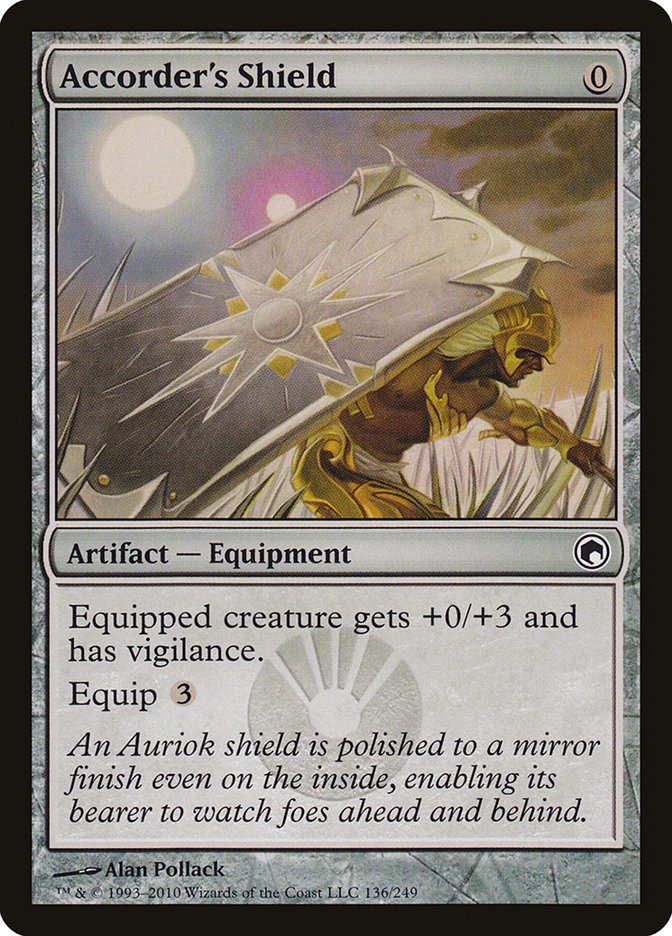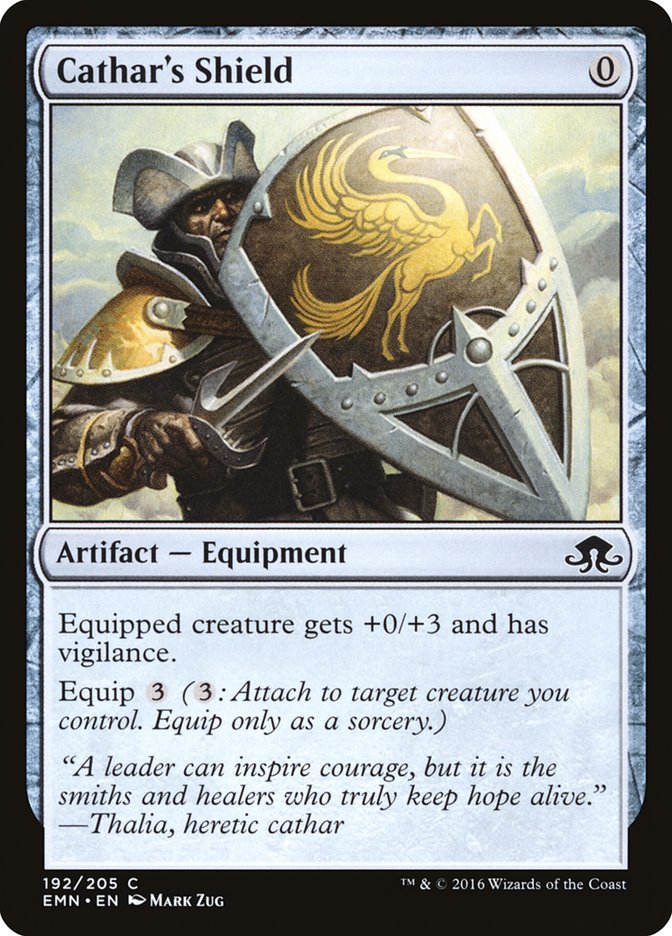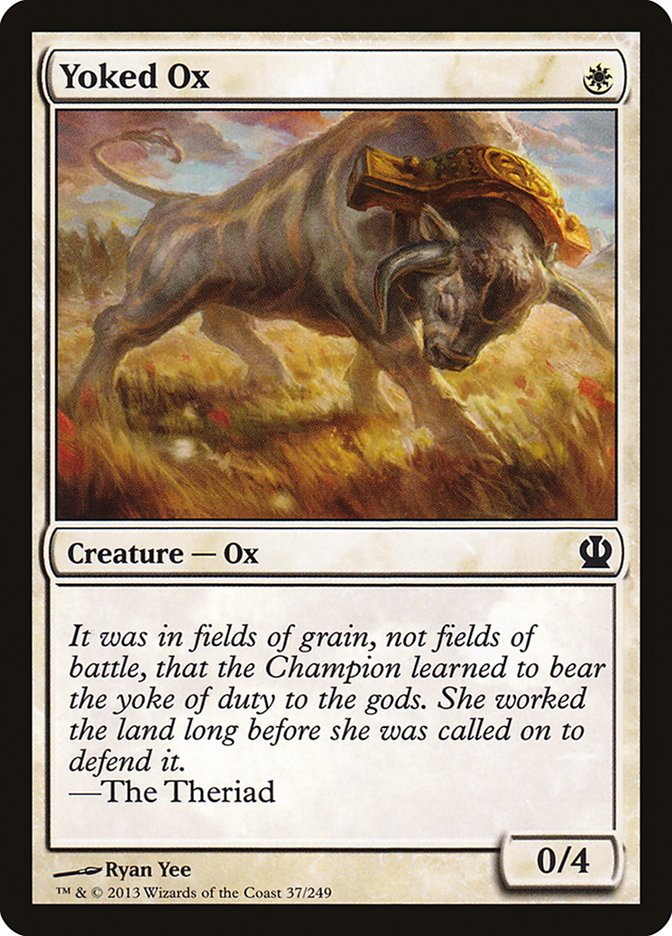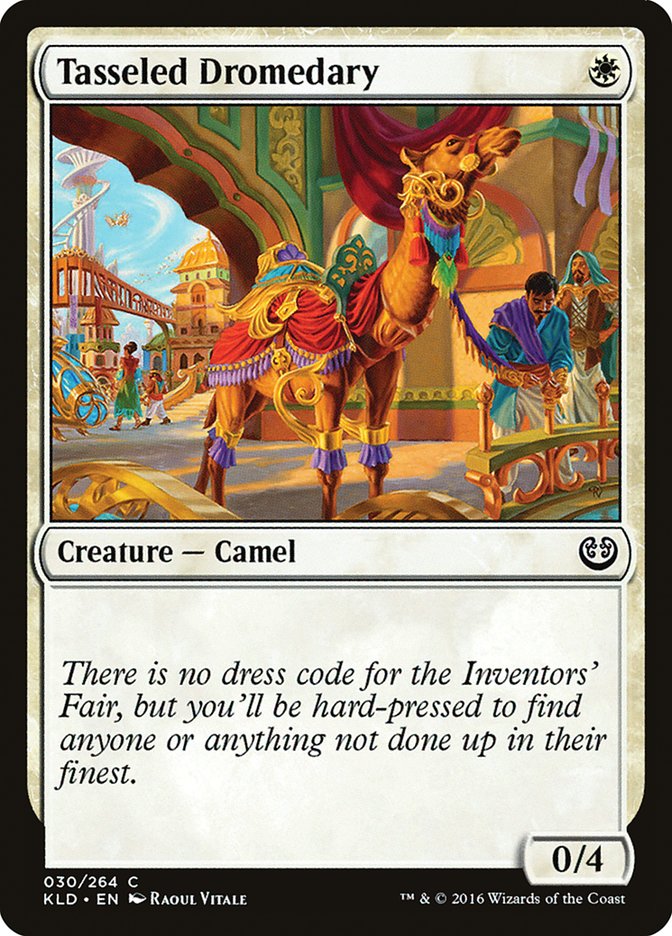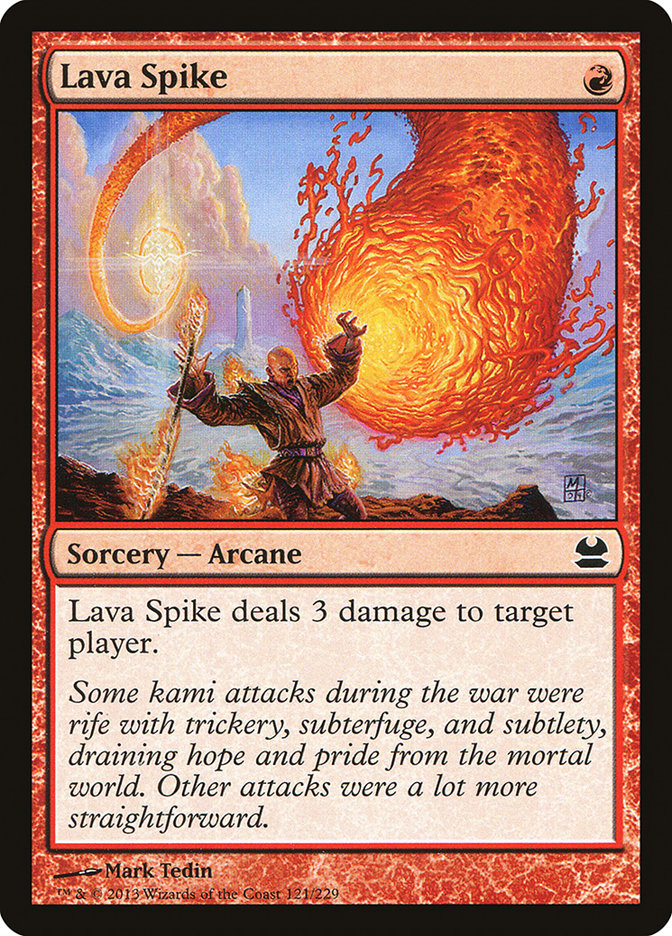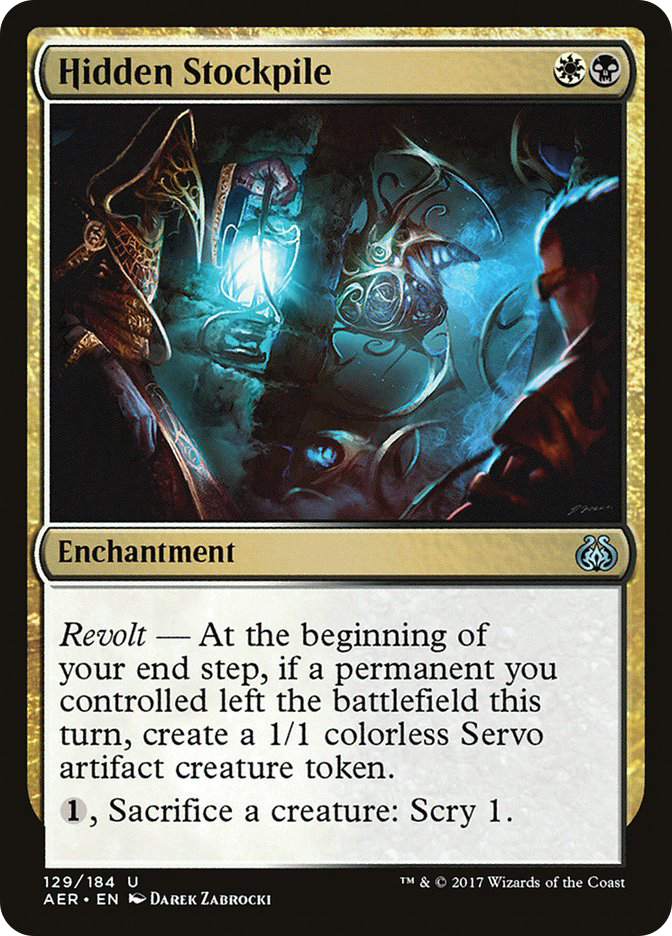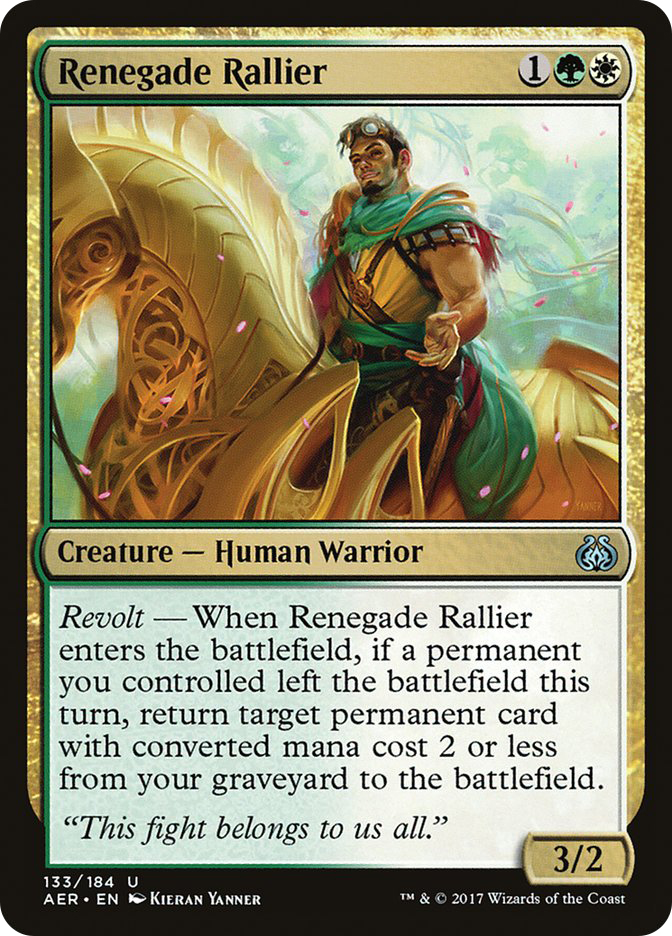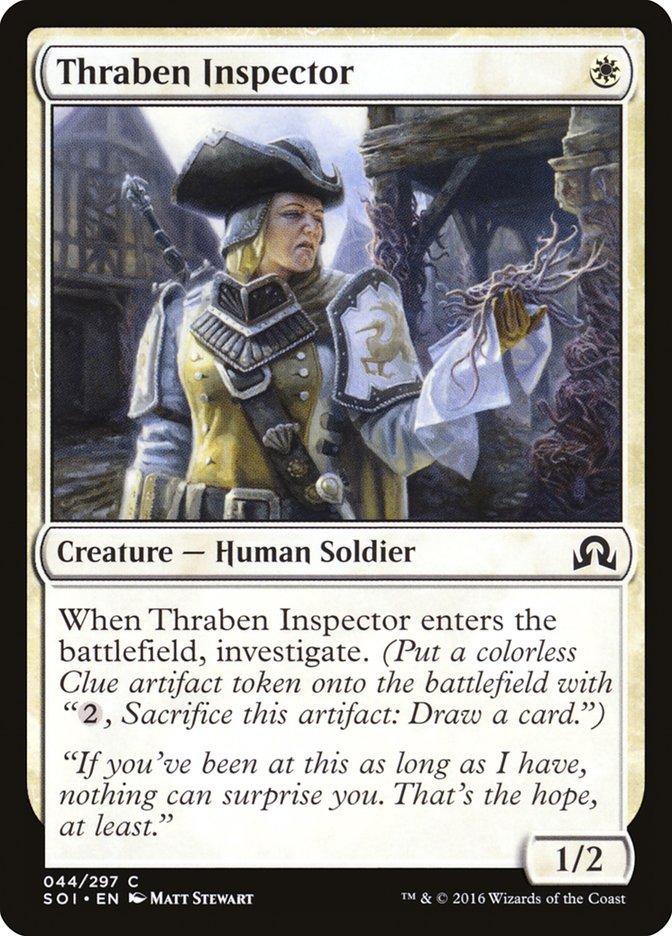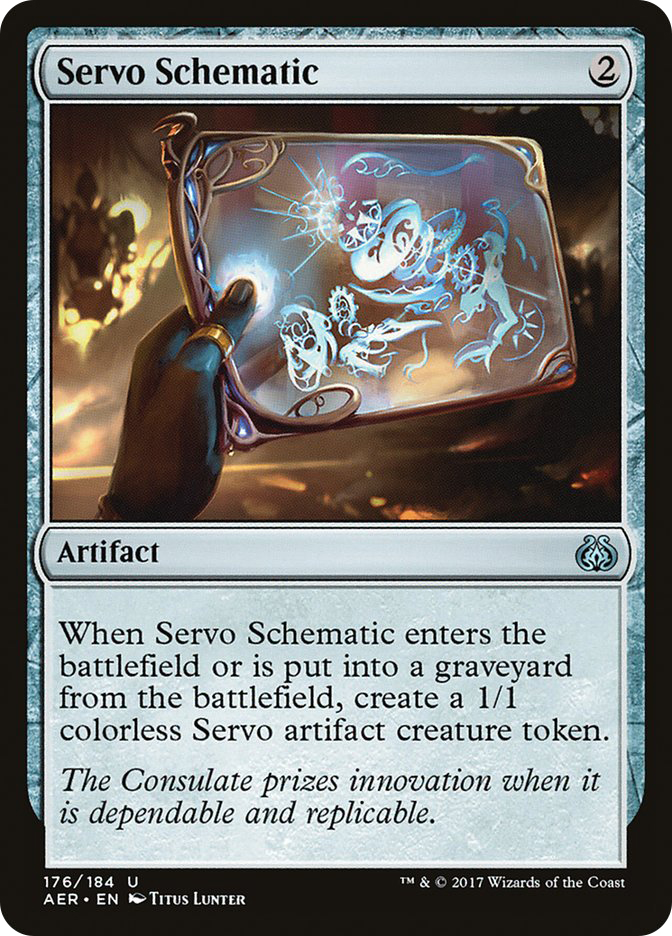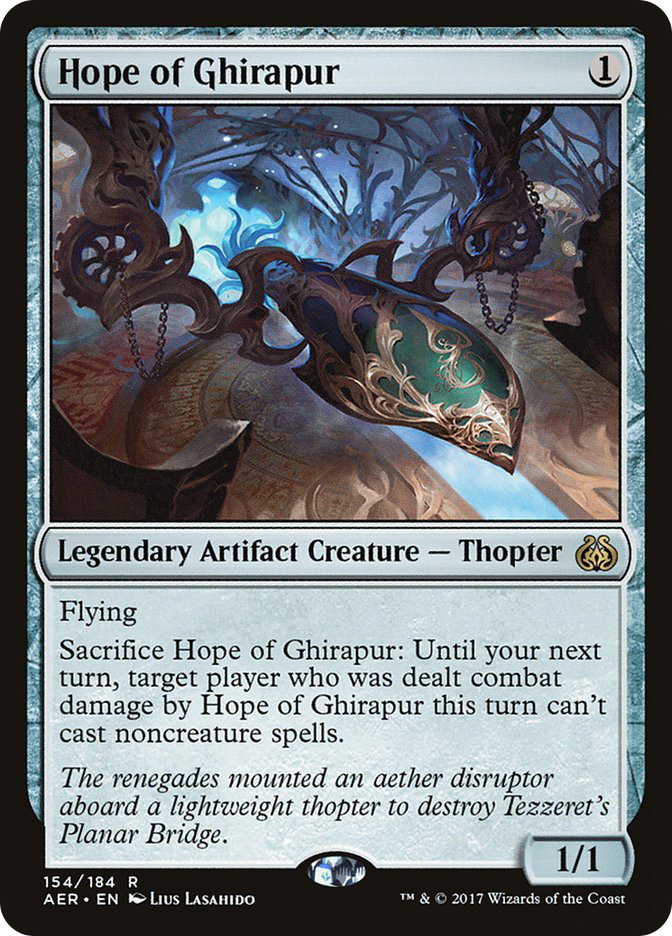Reprints are a strange reminder of the past.
As you’re reviewing a new set’s revealed cards, if you’ve seen the card before, you’ll likely have a reaction of some kind, either positive or negative. In the case of Dead Weight, for example, you might remember what an exceptional removal spell it was for aggressive decks back in Innistrad when it was printed. Shock has been around for decades, and it’s so familiar that players regularly use Shock to refer to dealing two damage to anything, even oneself, like with “shocklands” Blood Crypt and Temple Garden.
Either way, something happens if you recognize it. Other times, you won’t even know it’s a reprint; it’ll be a fairly forgettable card, perhaps, but you’ll play someone at FNM that’ll use the older version of the card.
Other reprints are what are called “functional” reprints. That is, they have the exact text as a previously printed card, but the name or creature type is different, usually for flavor reasons.
These are sneakier. Names and, in some cases, art will jog your memory, but if you haven’t looked at the card in the while and you don’t remember the verbatim rules text, it’s easy to miss them. Depending on the power level of the reprint, this could be a fatal mistake as you brew in a new format.
Like, for example, Atog is legal.
Besides the infamous creature type, Aether Revolt’s Ravenous Intruder is a functional reprint of Atog, one of the most powerful creature combo pieces in artifact-based Magic. For no mana, you can clear your entire battlefield of artifacts, attack, and threaten lethal. All on a two-drop.
Before I start waxing poetic about Ravenous Intruder and the implications of an Atog reprint, let’s remember a very important fact of Atog: Atog was only as good as the artifacts that it ate. If the artifacts were idle, narrow, or worthless without Atog, then the deck relies too heavily on an idealized battlefield state with an on-time, unencumbered Atog attack.
There’s one other problem with an Atog strategy. While normally its ability to protect itself Nantuko Husk-style is helpful to defeat toughness-based removal, it does nothing against Fatal Push or Unlicensed Disintegration, Standard’s premier kill spells.
So I’m going to start building a Ravenous Intruder deck without my rose-colored glasses on. Building the ultimate combat phase on the back of one Ravenous Intruder is functionally impossible, and to attempt to do so would not only end in frustration for me, but it’d also end in frustration for you, should you risk the Fatal Push and go all in.
Let’s find cards that work well with Ravenous Intruder, particularly its ability to sacrifice artifacts freely. Revolt is a mechanic that works well with that; paying to force your cards to revolt makes those revolt cards less reliable, so paying nothing to sacrifice something with the potential for upside should always be the revolt plan.
I’ve already covered both of these cards, but both work nicely with Ravenous Intruder. With revolt at the ready, these ringers become efficient and sustainable, even late into the game. Mardu colors are not hard to do; Pro Tour Aether Revolt was won on the back of this color combination, and there are lots of tools to help us get there.
In this case, I think I like the idea of making the fixing artifact-based; late in the game, they’ll act as fodder for revolt and Ravenous Intruder’s pump.
Terrarion, a card I did not understand when I first saw it in Ravnica, is like Chromatic Star. If it’s sacrificed to its activated ability, it’s destroyed, or if you sacrifice it by alternate means, it will still draw you a card. This makes a sort of cantripping Seal of Might for Ravenous Intruder, it triggers revolt, and it makes those awkward double-Mountain, Hidden Stockpile starts a little more manageable. Renegade Map has already gotten lots of attention from me, and lots of other folks have begun to experiment with it, even starting it in certain situations.
There’s another revolt card that I’ve enjoyed playing with, too, but that little Forest symbol at the top is bumming me out.
Combined with Ravenous Intruder’s free sacrifice, it’s easy to imagine a scenario where this can come down turn 3 and cover either a fallen Intruder or whatever it sacrificed. Renegade Rallier is a value machine and, while it’s not the most impressive battler in the deck, its function and efficiency is exceptional.
Okay, so now we’re really four colors. Are Terrarion, Renegade Map, and a stable manabase a possible path to play four colors?
After some sterile and live testing, here’s a list I landed on that I’m happy with. Remember, we’re skipping the draft run this time.
Creatures (20)
- 1 Ayli, Eternal Pilgrim
- 4 Thraben Inspector
- 3 Scrap Trawler
- 4 Renegade Rallier
- 4 Walking Ballista
- 4 Ravenous Intruder
Planeswalkers (2)
Lands (19)
Spells (19)

Creatures
Walking Ballista continues to be exceptional, and here, we can even play it under the guise of synergy. A couple of key points in Walking Ballista’s characteristics make it excellent here. First, it can be cast at no cost to trigger revolt if the revolt trigger happens to be better than just casting it outright. Once it’s on the battlefield, you can still trigger revolt at any time. Also, because it’s a zero-cost artifact, any artifact besides itself that dies with Scrap Trawler out can recover it. In the late-game, it’s happy to spend your mana to build up counters, and it can pick off pesky blockers so that a late-game Ravenous Intruder can blast off without any annoyances getting in the way.
Thraben Inspector continues to be excellent. This card just can’t be bad, no matter how hard it tries to be a Sanctuary Cat. The turn 1 Clue is also important to turn on Spire of Industry, smoothing out the tougher manabase. Ravenous Intruder is something we should always have on the battlefield, making the opponent play more carefully; ten life isn’t much when an Atog turns sideways.
Renegade Rallier is a full playset; if the deck is built correctly, there’ll always be an opportunity to reanimate something that died this turn or something that’s fallen in previous combats. Scrap Trawler, while less time-dependent than Renegade Rallier, still just puts the card in your hand, so the velocity isn’t as strong there. Still, it’s an invaluable tool in the grind of a long game. I still like one Ayli, Eternal Pilgrim, both as a way to stem the bleeding from an overused Spire of Industry and as a revolt outlet. It’s also targetable by Renegade Rallier, so more than one copy shouldn’t be needed.
Spells
Fatal Push is a card you just never don’t want in your hand, even in multiples. It’s saying something that, with two black mana, a revolt trigger and two copies of this spell, that you can select some of your opponent’s best creatures and kill them both cold. Terrarion, similarly, is an essential four-of, both from a fixing perspective and because they’re still useful once mana’s no longer a problem. Ravenous Intruder will happily nosh on it and grant you a new card and revolt. Similarly, Unlicensed Disintegration is an essential answer. It can often two-for-one opponents going for the Saheeli Rai / Felidar Guardian combo, and it can put enormous pressure on your opponents if you’ve got creatures attacking too.
While Cogworker’s Puzzleknot is more easily activated, this trick is far more efficient. In the vein of Ichor Wellspring and Mycosynth Wellspring from Scars of Mirrodin block, this “Wellspring” effect is perfect when you have a free sacrifice outlet. With both pieces out, you can cast the Schematic, eat the Schematic itself, swing with a 3/4, and have two 1/1 Servos ready to be devoured if needed. This is a good deal in my book, and the fact that Renegade Rallier can return it is all the more exciting.
Key to the City is a great answer for a clogged battlefield. You may be fighting another aggressive deck that packs only small or irrelevant removal. If that’s the case, smashing through an army is though. Key to the City provides a means by which you can ignore their defense, sacrifice everything, and go for the throat with an all-in Ravenous Intruder pump. Finally, one copy each of Gideon, Ally of Zendikar and Nahiri, the Harbinger complement the cheap removal suite to put a serious clock on my opponent. Gideon’s emblem is a “free” revolt trigger when needed, and Nahiri does have targets for her ultimate, such as Key to the City or a hasty Ravenous Intruder.
Lands
Nineteen lands is not going to seem like enough at first glance, but combined with Terrarion’s fixing and cantripping, Renegade Map, and the fact that only two cards in this deck are four mana, this is a very reasonable manabase. The color provision is strong; that is, there aren’t many basics you can get stuck with, so the lands are a bit more dense than usual. Spire of Industry was not amazing for me, but it was the best in slot choice for this kind of deck.
Sideboard
Although clearly an artifact-centered deck, the big tricks in this sideboard are instants. Together, Natural State and Shock can do a lot to disarm aggressive Mardu Vehicles starts. Shock is surprisingly effective, and Natural State can shatter Heart of Kiran and Aethersphere Harvester for a single mana. These are in addition to the Fatal Pushes, and perhaps instead of some number of Unlicensed Disintegration.
Hope of Ghirapur has it all, too: revolt potential, artifact status for those things that care about artifacts, and you can also use it to set up the perfect turn for an enormous swing. Scrapheap Scrounger has really come into its own now, but I still only like it as a sideboard choice for attrition games. Without any Vehicles it can crew, it’s not nearly as essential to the plan. Selfless Spirit is a great way to protect your huge Ravenous Intruder attack (see, I still want to think that’s what’s going to happen), and it can be recovered with Renegade Rallier, as can one-of Felidar Cub. An extra copy of the maindeck planeswalkers allows a slightly different gameplan against decks that would side out their Ruinous Paths in favor of sweepers or creature removal.
Despite having four colors and potentially complex lines of play, this deck was actually pretty easy to pilot. The high-quality removal gave considerable breathing room, and maximizing turns was an important way to interact with the opponent.
Because many of the deck’s spells were so inexpensive, it was important to sequence and prioritize correctly. If that’s not something you’ve mastered yet (and few have, myself included), this deck is a great way to practice.
The most common paths to victory were actually via Walking Ballista, direct damage, and tempo-based Ravenous Intruder attacks. The planeswalkers were quite strong, and Nahiri, even more than Gideon, puller her weight mightily.
While there are paths to build around our new Atog more single-mindedly, this deck is fun, diverse, and, like Ravenous Intruder, functional.
Have you cracked the mystery of the Ravenous Intruder combo deck? Maybe red has enough in its stables to get the job done? Did you play with Atog back in the day, and if so, do you think it has potential this time around to get by Fatal Push?






